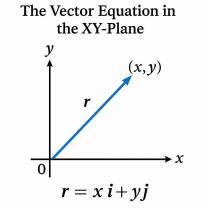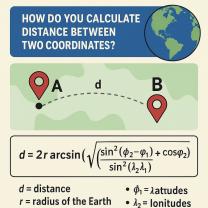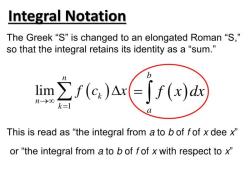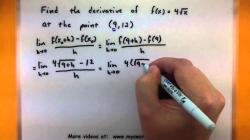How do you find the volume of a prism?
Computing the volume of a prism involves calculating the amount of space enclosed by its three-dimensional shape. A prism is a polyhedron with two parallel and congruent polygonal bases and rectangular or parallelogram faces connecting the corresponding sides of the bases. The fundamental methodology for computing the volume of a prism depends on the shape of the prism's bases.
Here's the general approach to computing the volume of a prism:
Identify the Bases: Determine the shape of the bases of the prism. They could be rectangles, triangles, hexagons, or any other polygon.
Measure Base Dimensions: Measure the dimensions of the base(s). For rectangles, this typically involves measuring the length and width. For triangles, you might need the base length and height, and for other polygons, you'll need the appropriate side lengths.
Calculate Base Area: Use the appropriate formula to calculate the area of the base(s) based on their shape. For example:
- Rectangle: Area = length × width
- Triangle: Area = 0.5 × base × height
- Other polygons: Use the appropriate formula for the specific shape.
Determine Prism Height: Measure the height of the prism. This is the perpendicular distance between the two bases. It's usually denoted as "h."
Calculate Volume: Once you have the base area and the height, you can calculate the volume of the prism using the formula:
- Volume = Base Area × Height
The fundamental concept is that the volume of a prism is the product of its base area and its height. The base area provides the two-dimensional measurement, while the height extends that measurement into the third dimension, creating the three-dimensional space enclosed by the prism.
Remember that units are important. If your base measurements are in meters, then the volume will be in cubic meters. If the base measurements are in centimeters, then the volume will be in cubic centimeters, and so on.
Here are some examples of specific types of prisms:
Rectangular Prism:
- Base: Rectangle
- Volume = Length × Width × Height
Triangular Prism:
- Base: Triangle
- Volume = 0.5 × Base × Height × Prism Height
Hexagonal Prism:
- Base: Regular hexagon
- Volume = 3 × (√3/2 × side length of hexagon)² × Height
In summary, calculating the volume of a prism involves determining the base area and multiplying it by the prism's height. The specific formulas you use will depend on the shape of the prism's bases.












